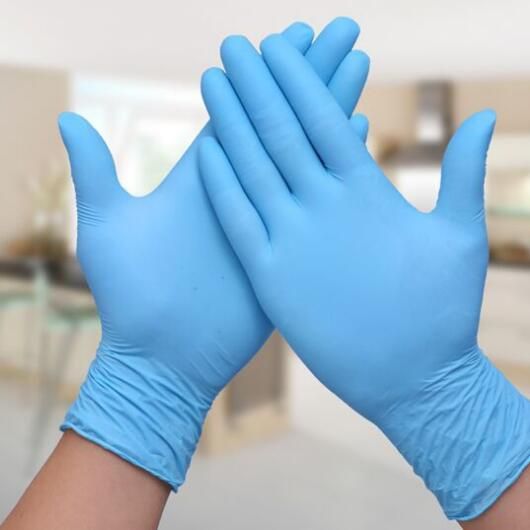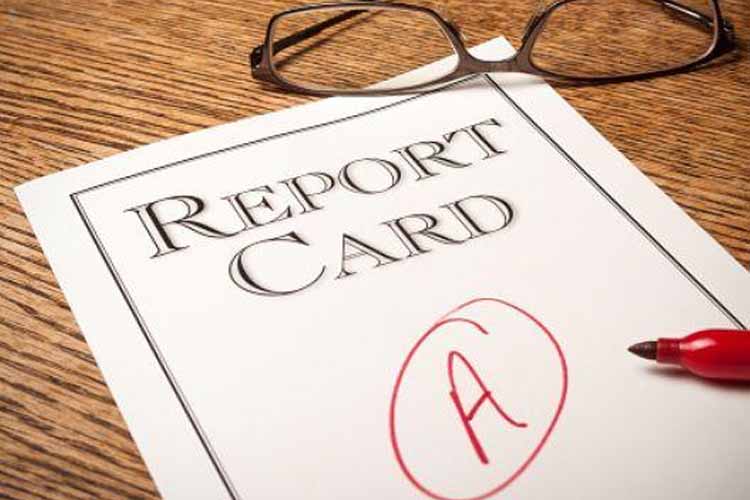Cultural Artifacts Explanation (by row from left to right):
Row One:
- The culture of my church has taught me to always hold a current temple recommend
- A cultural norm in my family is to ALWAYS wear gloves while touching raw meat. This has impacted how I interact with others, I have a hard time not getting grossed-out when I saw others touch raw meet.
- As a tennis player I am expected to own court shoes and not to wear them off the court.
Row One Imagine Credits: https://askgramps.org/how-do-i-get-a-temple-recommend-if-i-cant-afford-to-pay-tithing/, https://www.dhgate.com/product/disposable-nitrile-latex-gloves-5-kinds-of/401640342.html, http://www.complex.com/sneakers/2013/06/the-10-best-grass-court-tennis-shoes-available-today
- As a women I have been taught to look nice and presentable. I almost always at least wear mascara. If I am not wearing mascara or makeup I change my interactions with others and I am not as confident.
- As a member of the LDS Church I have learned to take meals to others- usually in Tupperware containers!
- My great-parents were farmers. Hard work has always been very important in my family. Because of this, I have a hard time in my interactions with those who are not as hardworking. I know I have a tendency to treat them like they are less because they don't work hard.
Row Two Image Credits: https://www.superdrug.com/Maybelline/Maybelline-Great-Lash-Waterproof-Mascara-Very-Black-12-5ml/p/838663, https://universityhealthnews.com/daily/nutrition/is-tupperware-bpa-free/, https://www.colourbox.com/image/pitchfork-shot-over-white-background-for-you-image-2221750
Row Three:
- Board games are important and not optional in my family! "Ticket to Ride" stresses me out but I always play it because it is such an important part of my family culture.
- Sports are important to my family, friends and the US culture. I swam and played tennis in high school. This could lead me to the tendency to judge others who do not participate in sports.
- As the oldest of four, I have always been expected to be a nurturer. Babysitting and taking care of my younger siblings is an important part of my family culture.
Row Four:
- As a tennis player, I am expected to understand not only the tennis court, but the rules associated with it. There are also many social norms associated with tennis (for example, NEVER walk behind a server when they are serving).
- I have been expected by my family and by my church to make marriage a priority. Marriage and family are important values that shape my interactions with others.
- I have been expected by my family, church and to some degree society to get an education and attend college. Because of this, students without college aspirations might be difficult for me to connect with.
Row Five:
- As an American it is important to have a good understanding of popular movies and TV shows. This may lead me to believe everyone knows the latest pop culture, even though there might be students who do not and feel left out.
- Though I never felt expected to serve an LDS mission, many aspects of my culture sanction that choice.
- I have been expected by my family to be self-sufficient and avoid going into debt.
Row Six:
- As someone who studies history I am supposed to be patriotic, vote and love America! This could lead to me forcing my students to be the same way.
- My LDS faith emphasizes the importance of reading scriptures and praying.
- American culture emphasizes the importance of exercise and being physically fit. This has become important in my life.
Row Seven:
- I have been taught to strive for good grades as I gain an education. It might be hard for me to relate to students that do not make good grades a priority as a result of this.
Assignment Reflections:
I realized new things about my culture as I completed this assignment. I learned that my family and religion impact so many aspects of my life. The culture found within those two categories really impacts the choices that I make. I also was surprised to discover that American culture has also influenced who I am and the choices that I make. As I brainstormed which artifacts to include I learned what is important to me.
I realized new things about my culture as I completed this assignment. I learned that my family and religion impact so many aspects of my life. The culture found within those two categories really impacts the choices that I make. I also was surprised to discover that American culture has also influenced who I am and the choices that I make. As I brainstormed which artifacts to include I learned what is important to me.
I couldn't help but think about what this assignment might look like for someone that comes from a completely different cultural background than I do! What would it look like for someone living in Italy? Africa? Mexico? This assignment may look very different for someone who lives in those places. This helps me realize how important culture is to defining who someone is and how they see themselves.
I know that culture can be a helpful in school settings. Shared beliefs can help students feel closer together. Even something as simple as being able to discuss a movie that just came out could help develop friendships. My culture could be helpful if it is similar to my students OR if it is different but I use that to learn from my students. However, my culture can also be a hindrance in school settings. Many aspects of my life, including in my religion and within my family, could seem completely normal to me (social norms), but could be very abnormal for my students. I could make very ignorant comments or treat people unfairly if I do not realize that their cultural background could be very different then mine, despite the fact we live in the same country/city.
I realized by doing this assignment that many of my cultural values may lead to me judging those who do not hold the same cultural understandings that I do. Especially students who don't want good grades and who do not work hard could be particularly hard for me to connect with and understand. Understanding that part of my desire for good grades and hard work comes from my cultural background can help me to be more patient with students who do not hold the same cultural values and beliefs that I do.
I realized by doing this assignment that many of my cultural values may lead to me judging those who do not hold the same cultural understandings that I do. Especially students who don't want good grades and who do not work hard could be particularly hard for me to connect with and understand. Understanding that part of my desire for good grades and hard work comes from my cultural background can help me to be more patient with students who do not hold the same cultural values and beliefs that I do.




















